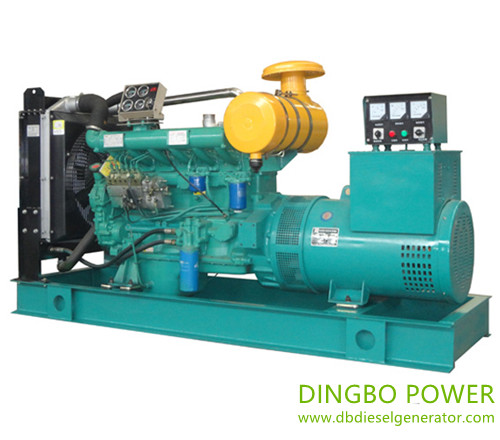dingbo@dieselgeneratortech.com
+86 134 8102 4441

- Home
- Products
- About Us
- Service
- News
- Technical Support
- Contact Us
dingbo@dieselgeneratortech.com
+86 134 8102 4441
Oct. 09, 2021
Want to shut down the automatic diesel generator at high temperature, are there 9 parts to check? For example, in the summer, people have turned on air conditioners to avoid high temperatures. For the fully automatic diesel generators that are struggling to supply electricity, the generator room may not be equipped with air conditioners. As a kind of backup power equipment, fully automatic diesel generator sets can be seen in many places of production equipment, medical equipment, elevators, lighting, security systems, data centers, and cold storage. Fully automatic diesel generator equipment may not be able to carry it even in the heat. The sudden shutdown of equipment has an indelible negative impact on the sustainable and stable operation of the enterprise. Do not want to stop the automatic diesel generator at high temperature, please check these 9 parts well.
1. Check the temperature of the coolant.
If the coolant is too hot, the coolant switch may display a fault or the reading (resistance or voltage) indicated by the coolant transmitter is too high-in both cases, the controller will take measures to shut down the next set. The coolant may be too hot because:The engine load is too high and the coolant is not cooling fast enough; this will cause the coolant to get hotter and hotter until the coolant switch shuts down due to a fault and shuts down. In this case, reduce the load on the generator.
2. The radiator matrix accumulates dust/oil, and the air cannot pass through, resulting in the consequence that the coolant may be too hot. In this case, ask professionals to clean your radiator.

3. The inside of the radiator is corroded, and the pipe for conveying the coolant is blocked. This may be due to the use of an incorrect coolant/water mixture, or the incorrect type of coolant, or failure to replace the coolant at the specified time interval. This also leads to the consequence that the coolant may be too hot. In this case, you will need to flush the radiator power, but you may also need a new radiator.
4. The "water pump" may malfunction, causing the coolant to fail to flow around the system. In this case, you need a new water pump. Note: In this case, the coolant in the radiator may still be cold because it cannot be pumped from the engine to the radiator.
5. The thermostat is malfunctioning; when the engine heats up, the thermostat opens, allowing air to flow around the radiator. If the thermostat fails, you will need to install a new thermostat. Note: In this case, the coolant in the radiator may still be cold because it cannot flow from the engine to the radiator.
6. Check whether the set point of the engine's controller is correct. If the coolant is not too hot, the thermostat malfunctions; when the engine gets hot, the thermostat opens, allowing air to flow around the radiator. If the thermostat fails, you will need to install a new thermostat.
7. The "water pump" may malfunction, causing the coolant to fail to flow around the system. In this case, you need a new water pump.
8. The coolant switch erroneously shows the fault to the controller.
Check the closed circuit to see if the switch opens/closes correctly and if there is a wire break. At the same time, conductive objects touching the switch and the engine frame will show the same symptoms. The coolant around the switch is too hot (and the coolant in the radiator is cold), which indicates that the water pump or thermostat is malfunctioning.
The displayed value of the coolant is too high. There are several possibilities:
The sensor is not in the coolant, so it is reading the air temperature. Take it out, make sure it is in the coolant and reinstall it. If the coolant is too hot, the coolant may also be very hot, and steam may escape when the transmitter is removed.The coolant around the sensor is too hot (while the coolant in the radiator is cold), which indicates that the water pump or thermostat is malfunctioning.
9. The resistance or voltage of the circuit is incorrect, the sensor may malfunction or there may be a malfunction in the circuit. Measure and test independently of the controller and confirm that its work meets its specifications.
The above is the introduction of Dingbo Power for everyone who do not want to shut down the automatic diesel generator at high temperature. Are there 9 parts to check? So pay attention to all aspects of the inspection when use diesel generators. If you want to know more, please feel free to contact us by email dingbo@dieselgeneratortech.com.
Quicklink
Mob.: +86 134 8102 4441
Tel.: +86 771 5805 269
Fax: +86 771 5805 259
E-mail: dingbo@dieselgeneratortech.com
WhatsApp: +86 134 8102 4441
Add.: No. 10 Kechuang Road, High tech Zone, Nanning, Guangxi, China